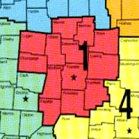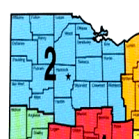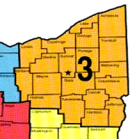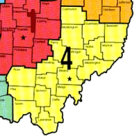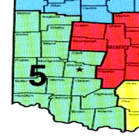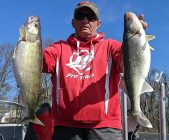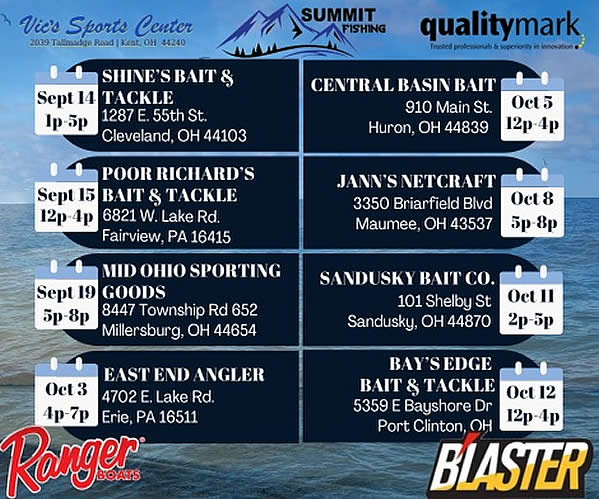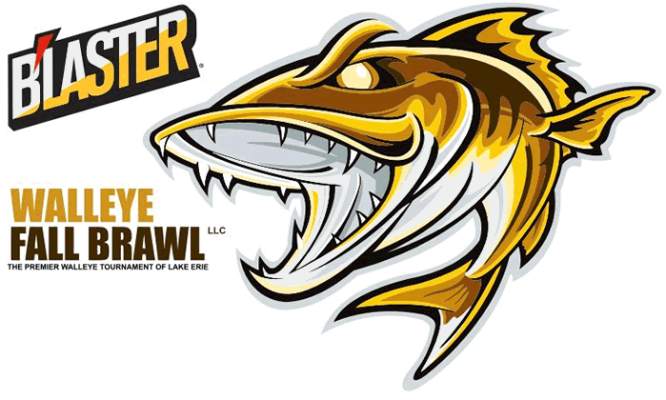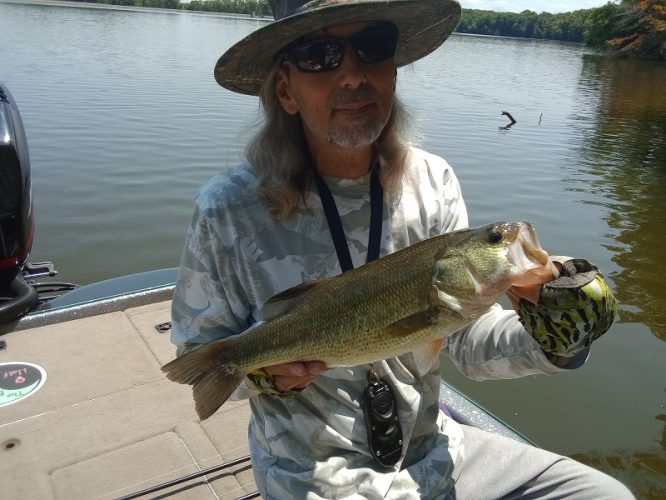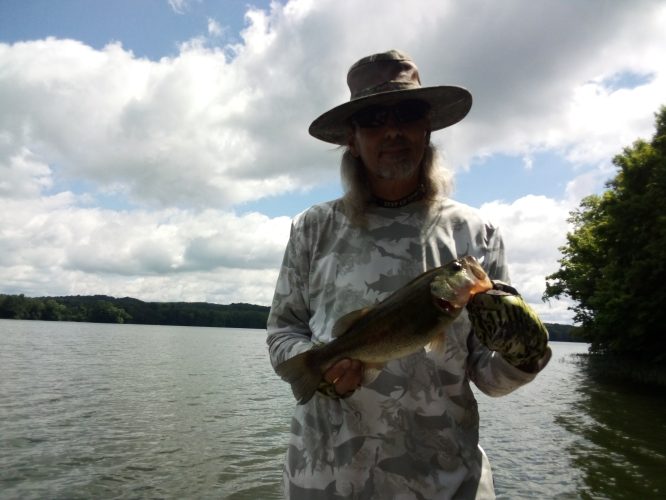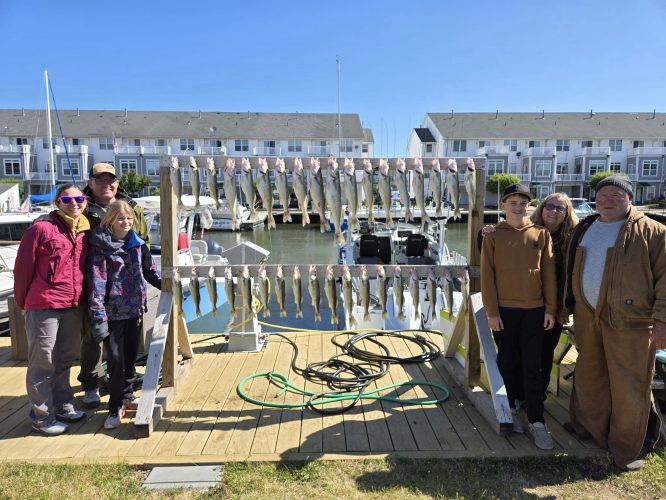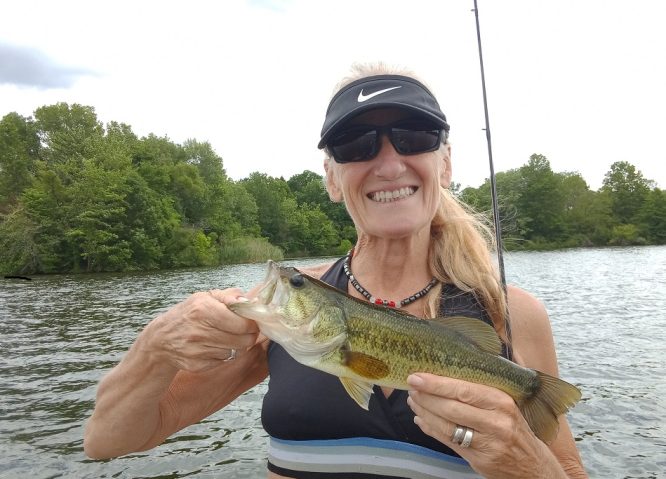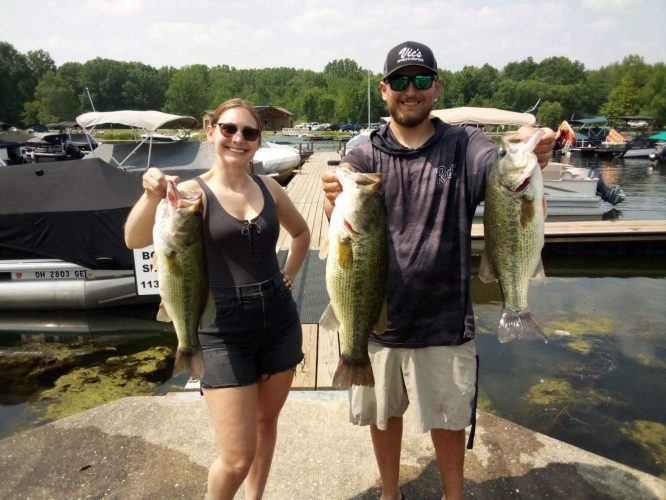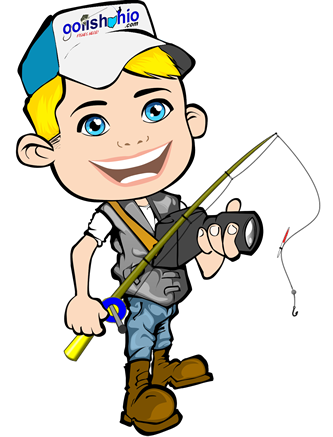Tournament bass fishing has become a hot sport in Ohio. Every weekend on any given lake, you will see a group of anglers gathered for a bass tournament. Whether in kayaks, electric motor driven small boats or tricked-out fiberglass bass boats, they have one thing in common: catching a large volume of bass within a given day. Many Ohio lakes have bass tournaments multiple days of the week, every week from April through October.
While many marvel at how these lakes continue to produce quality fish week after week, year after year, I am not surprised. Bass tournaments have always had an element of conservancy with its catch and release rules, use of live wells, and limiting the number of bass kept and weighed in. Let’s take a look at how bass tournament anglers ensure that our lakes keep producing quality bass for years to come.
Fish Lives Matter
When you consider that a prize 3 or 4 pound bass weighed at a tournament is somewhere between 5 – 10 years old, the impact of fish conservancy becomes obvious. It takes a long time for a fish to get that big. Keeping a high quality, big bass population means keeping these big fish alive and thriving in their environment. In the same light, returning even 12″ fish unharmed to the lake ensures the potential for big fish in the coming seasons.
For the sake of sport – where fish are being caught for prizes and not for food/ survival, I believe catch and release is appropriate. There is no reason to stress our fish population more than our already pressured system endures. Bass tournament formats have turned toward methods that create the least stress for the fish as possible.
Major League Fishing
Many professional level bass tournaments have turned to real time weigh-ins, where a third party official weighs and records each fish as the angler catches it. This quick exchange keeps the bass out of the water for less than a minute. Other rules for fish handling, such as the fish touching the carpet on landing it results in time penalties for the angler.
This style of tournament truly is ideal for the fish. It may, however, be difficult for your weekend club or local tournament trail to pull off. There is a large amount of staff and equipment that makes this possible. So, how can local tournament directors adjust to improve fish conservancy?
Smaller Limits
For the past several decades, bass tournaments have traditionally allowed 5 fish to be weighed in. Multiply that by the 80 -100 boat tournaments many trails are hosting now, and that is 400 -500 fish being removed from the water for sometimes several hours and kept in a live well. Inefficient or malfunctioning live wells can result in unnecessary fish death. Sometimes fish pulled from 20+ feet deep will not survive the rapid pressure change of being pulled to the surface either.
In our male/female bass tournament trail, we have addressed the fish risk issue by lowering the limit from five to three fish. Our anglers were somewhat reluctant to make the change. In the end, no sense of competitiveness was lost and a larger percentage of our teams weighed limits. This enabled a larger percentage of our teams to be eligible for the prizes. Its a win-win for the fish and our teams!
Another incarnation of this is a “big fish” style tournament. Only one fish decides a teams total weight. I have seem several different ideas around this basic rule. For instance, you can weigh a fish every hour for a prize, or just weigh your biggest fish over several hours. How many fish you bring to the scale at the end of the day is not important, as it is still the biggest weight that counts.
DIY Tournaments
Another popular method for fish measuring at bass tournaments came about from the need to social distance and the aid of technology. These anglers/ teams would use their phone cameras to document the length and girth of their fish. This also is a minimally invasive method that gets the fish back in the water quickly. On a side note, this has opened up another cool niche for bass tournaments. Hosting a tournament on a specific date and time slot with this phone method opens up for anglers from different states and lakes to all be fishing at the same time for the same prize.
In conclusion, fish conservancy is certainly something to be considered. Ohio has many wonderful lakes filled with a multitude of bass and other fish. But they are pressured by larger and larger volumes of anglers. Taking care of our fish population is always a good idea if you plan to continue to have thriving lakes providing you with a relaxing hobby.

